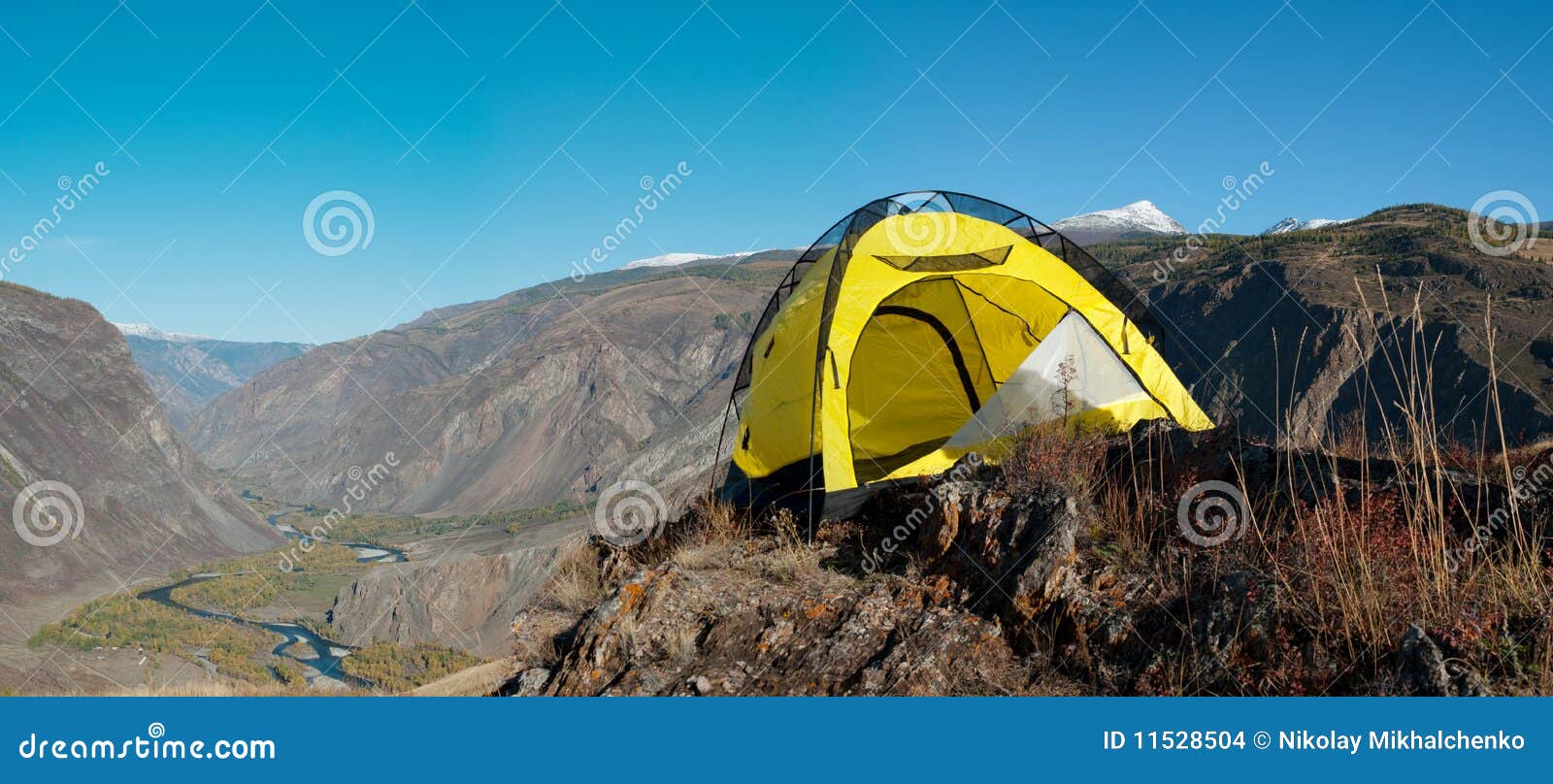Extreme tourism definition unveils the captivating world of adventure and challenges, where thrill-seekers embark on extraordinary journeys that test their limits and push the boundaries of human experience.
This comprehensive exploration delves into the diverse activities that define extreme tourism, uncovering the motivations that drive individuals to seek these adrenaline-fueled escapades.
Definition of Extreme Tourism

Extreme tourism, also known as adventure tourism, involves participating in activities that push the boundaries of physical and mental limits. It offers unique and thrilling experiences that cater to individuals seeking adventure and a sense of accomplishment.Extreme tourism encompasses a wide range of activities, including:
- High-altitude mountaineering
- White-water rafting and kayaking
- Scuba diving and snorkeling
- Bungee jumping and skydiving
- Wildlife safaris in remote areas
Individuals participate in extreme tourism for various reasons, including:
- Seeking adrenaline and excitement
- Testing their physical and mental capabilities
- Experiencing a sense of accomplishment
- Exploring remote and untouched destinations
- Connecting with nature and wildlife
Types of Extreme Tourism

Extreme tourism encompasses a wide range of activities that involve significant risk and physical exertion. These activities can be categorized based on various criteria, including risk level, environment, and physical exertion.
Risk Level, Extreme tourism definition
- Low-risk extreme tourism:Activities with a relatively low risk of injury or death, such as rock climbing, hiking, and white-water rafting.
- Medium-risk extreme tourism:Activities with a moderate risk of injury or death, such as bungee jumping, skydiving, and heli-skiing.
- High-risk extreme tourism:Activities with a high risk of injury or death, such as free solo climbing, wingsuit flying, and base jumping.
Environment
- Land-based extreme tourism:Activities that take place on land, such as mountain climbing, trekking, and off-roading.
- Water-based extreme tourism:Activities that take place on or in water, such as white-water rafting, kayaking, and scuba diving.
- Air-based extreme tourism:Activities that take place in the air, such as skydiving, paragliding, and hot air ballooning.
Physical Exertion
- Low-exertion extreme tourism:Activities that require minimal physical exertion, such as wildlife watching and cultural immersion.
- Medium-exertion extreme tourism:Activities that require moderate physical exertion, such as hiking, biking, and kayaking.
- High-exertion extreme tourism:Activities that require high physical exertion, such as mountain climbing, rock climbing, and white-water rafting.
Each type of extreme tourism has its own unique characteristics and challenges. Low-risk activities are suitable for beginners, while high-risk activities require extensive experience and training. Similarly, land-based activities are generally less challenging than water-based or air-based activities. Finally, low-exertion activities are ideal for those who prefer to minimize physical effort, while high-exertion activities are suitable for those who seek a more physically demanding experience.
Impact of Extreme Tourism
Extreme tourism has both positive and negative impacts on the environment, local communities, and ethical considerations.
Extreme tourism can have a negative impact on the environment. For example, off-road driving can damage vegetation and disturb wildlife. Rock climbing can erode cliffs and damage delicate rock formations. Scuba diving can damage coral reefs. Extreme tourism can also contribute to pollution, as tourists often leave behind trash and other waste.
Extreme tourism can also have a negative impact on local communities. For example, extreme tourism can lead to overcrowding and noise pollution. It can also put a strain on local resources, such as water and food. Extreme tourism can also lead to the displacement of local people, as they are forced to make way for tourist developments.
Extreme tourism has several ethical implications. First, extreme tourism can be dangerous, and participants may be injured or killed. Second, extreme tourism can damage natural resources, and it is important to consider the long-term impact of extreme tourism on the environment.
Third, extreme tourism can exploit local people, and it is important to ensure that local people benefit from extreme tourism.
Environmental Impacts
Extreme tourism can have both positive and negative impacts on the environment. On the one hand, extreme tourism can help to raise awareness of environmental issues and promote conservation. On the other hand, extreme tourism can also damage the environment if it is not managed properly.
- Positive impacts:
- Extreme tourism can help to raise awareness of environmental issues and promote conservation. For example, ecotourism can help to protect endangered species and their habitats.
- Extreme tourism can also help to generate revenue for local communities, which can be used to fund conservation efforts.
- Negative impacts:
- Extreme tourism can damage the environment if it is not managed properly. For example, off-road driving can damage vegetation and disturb wildlife. Rock climbing can erode cliffs and damage delicate rock formations. Scuba diving can damage coral reefs. Extreme tourism can also contribute to pollution, as tourists often leave behind trash and other waste.
- Extreme tourism can also put a strain on local resources, such as water and food. This can lead to conflict between tourists and local people.
Economic and Social Impacts
Extreme tourism can have both positive and negative economic and social impacts on local communities. On the one hand, extreme tourism can create jobs and boost the local economy. On the other hand, extreme tourism can also lead to overcrowding, noise pollution, and other problems.
- Positive impacts:
- Extreme tourism can create jobs and boost the local economy. For example, extreme tourism can create jobs in the tourism industry, such as tour guides, hotel staff, and restaurant workers. Extreme tourism can also create jobs in the construction industry, as new infrastructure is built to accommodate tourists.
- Extreme tourism can also help to promote cultural exchange between tourists and local people. This can help to break down stereotypes and promote understanding.
- Negative impacts:
- Extreme tourism can lead to overcrowding, noise pollution, and other problems. For example, extreme tourism can lead to traffic congestion, noise pollution, and air pollution. Extreme tourism can also lead to the displacement of local people, as they are forced to make way for tourist developments.
- Extreme tourism can also lead to the exploitation of local people. For example, extreme tourism can lead to the development of sex tourism and other forms of exploitation.
Ethical Implications
Extreme tourism has several ethical implications. First, extreme tourism can be dangerous, and participants may be injured or killed. Second, extreme tourism can damage natural resources, and it is important to consider the long-term impact of extreme tourism on the environment.
Third, extreme tourism can exploit local people, and it is important to ensure that local people benefit from extreme tourism.
- Participant safety:
- Extreme tourism can be dangerous, and participants may be injured or killed. It is important to ensure that participants are aware of the risks involved and that they are properly prepared for the activity. Participants should also be provided with adequate safety equipment and instruction.
- Environmental impact:
- Extreme tourism can damage natural resources, and it is important to consider the long-term impact of extreme tourism on the environment. Extreme tourism operators should take steps to minimize their environmental impact, such as using sustainable practices and avoiding activities that damage the environment.
- Exploitation of local people:
- Extreme tourism can exploit local people, and it is important to ensure that local people benefit from extreme tourism. Extreme tourism operators should work with local communities to develop tourism products that are sustainable and that benefit local people.
Safety and Risk Management in Extreme Tourism: Extreme Tourism Definition
Extreme tourism activities inherently involve a certain level of risk. Ensuring the safety of participants and mitigating potential hazards is crucial for a successful and enjoyable experience.
Effective safety protocols and risk management strategies are implemented by reputable tour operators to minimize the likelihood of accidents and injuries. These measures include:
Role of Tour Operators
- Conducting thorough risk assessments and developing comprehensive safety plans.
- Providing participants with clear instructions and safety briefings.
- Ensuring that all necessary safety equipment is available and properly used.
- Establishing clear emergency protocols and having trained staff on hand.
- Monitoring weather conditions and making adjustments to activities as needed.
Role of Participants
- Adhering to safety instructions and following tour operator guidelines.
- Being aware of their own physical capabilities and limitations.
- Reporting any safety concerns or potential hazards to the tour operator.
- Maintaining a positive and responsible attitude during activities.
- Avoiding reckless behavior or taking unnecessary risks.
Common Risks and Hazards
Extreme tourism activities present a range of potential risks and hazards, including:
- Physical injuries (e.g., sprains, fractures, lacerations).
- Environmental hazards (e.g., altitude sickness, hypothermia, sunburn).
- Equipment malfunctions or failures.
- Weather-related incidents (e.g., lightning strikes, flash floods).
- Wildlife encounters.
Mitigation Strategies
Tour operators and participants can implement various mitigation strategies to reduce the risks associated with extreme tourism activities:
- Choosing appropriate activities based on experience level and physical fitness.
- Receiving proper training and certification for specific activities.
- Using high-quality safety equipment and following proper maintenance procedures.
- Being aware of weather forecasts and taking precautions accordingly.
- Staying within designated areas and following established routes.
Trends and Future of Extreme Tourism

Extreme tourism is a rapidly evolving industry, with new activities and destinations emerging all the time. This growth is being driven by a number of factors, including the increasing popularity of adventure travel, the rise of social media, and the growing desire for unique and authentic experiences.
One of the most significant trends in extreme tourism is the development of new activities. These activities are often more challenging and dangerous than traditional extreme sports, and they appeal to a growing number of thrill-seekers. Some of the most popular new extreme activities include wingsuit flying, base jumping, and heli-skiing.
Another trend in extreme tourism is the rise of new destinations. In the past, extreme tourism was primarily concentrated in a few well-known destinations, such as Nepal and New Zealand. However, new destinations are now emerging all over the world, as countries and regions begin to recognize the potential economic benefits of extreme tourism.
The growth of extreme tourism is also being driven by the rise of social media. Social media platforms such as Instagram and YouTube have made it easier for extreme tourists to share their experiences with the world. This has helped to raise the profile of extreme tourism and to attract new participants.
The future of extreme tourism is bright. The industry is expected to continue to grow in the coming years, as more and more people seek out unique and authentic experiences. However, it is important to note that extreme tourism is a high-risk activity.
Participants should be aware of the risks involved and take appropriate precautions.
Factors Driving the Growth of Extreme Tourism
- Increasing popularity of adventure travel
- Rise of social media
- Growing desire for unique and authentic experiences
- Development of new activities
- Emergence of new destinations
Potential Future of Extreme Tourism
- Continued growth in popularity
- Development of new activities and destinations
- Increased use of technology
- Greater focus on safety and risk management
Summary

As the future of extreme tourism unfolds, we can anticipate the emergence of innovative activities and destinations that will continue to captivate adventurers. However, it is crucial to prioritize safety, sustainability, and ethical practices to ensure that the pursuit of extreme experiences does not compromise the well-being of participants or the integrity of the natural world.
Helpful Answers
What is the primary motivation for participating in extreme tourism?
The desire for intense physical and emotional experiences, a sense of accomplishment, and the opportunity to connect with nature in an unconventional way.
How does extreme tourism impact local communities?
It can create economic opportunities through tourism revenue, support local businesses, and foster cultural exchange.
What ethical considerations should be taken into account in extreme tourism?
Ensuring participant safety, minimizing environmental impact, and respecting local customs and traditions.
